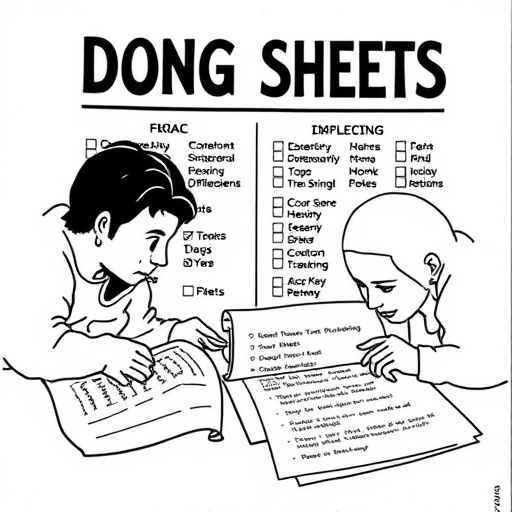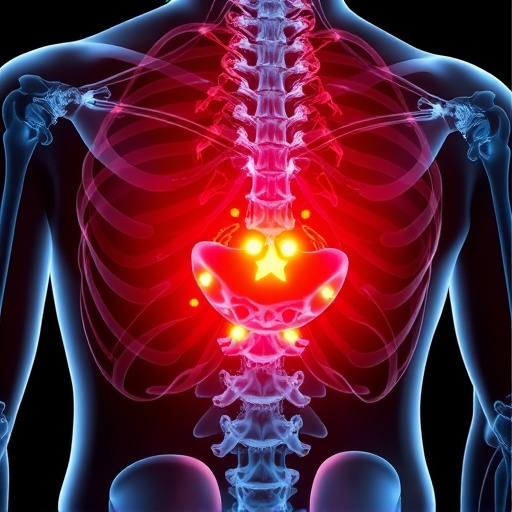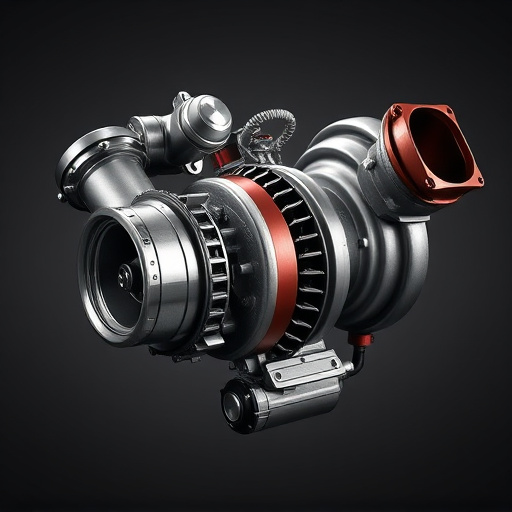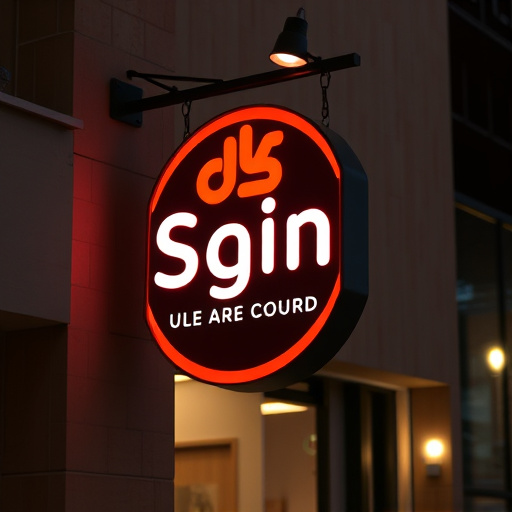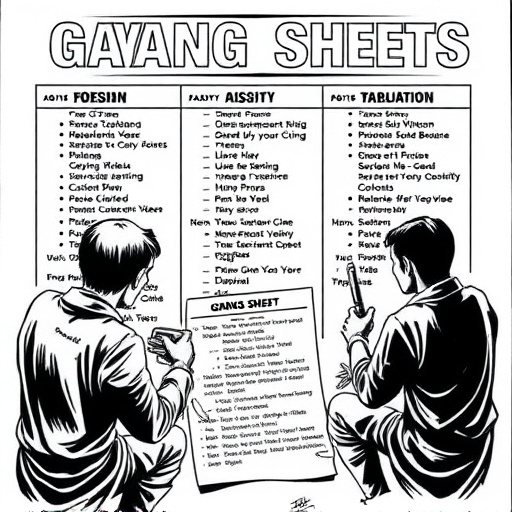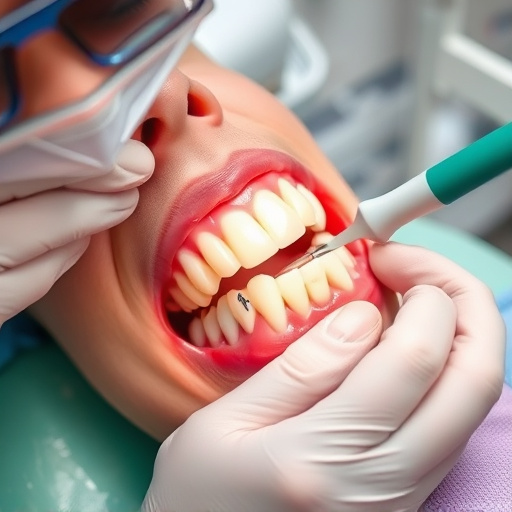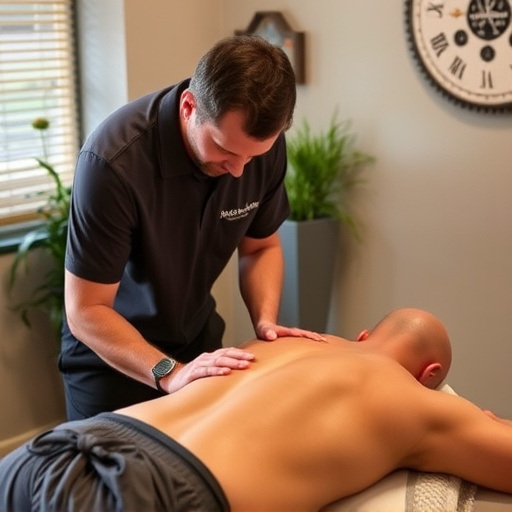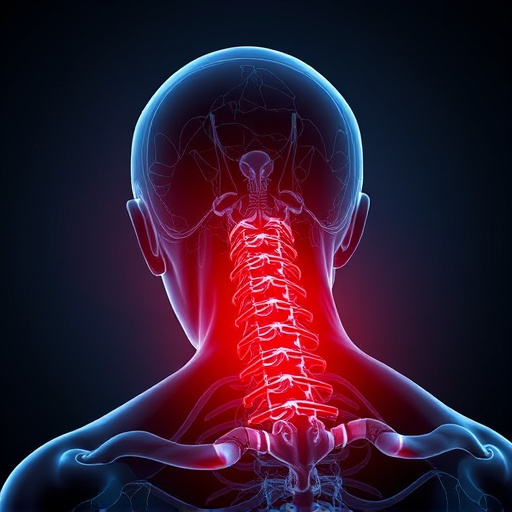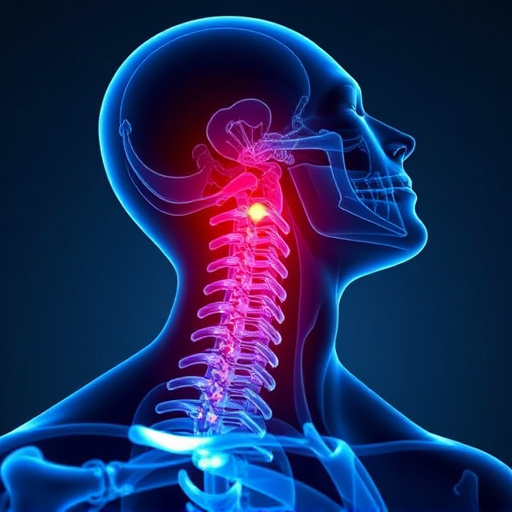Occupational injury treatment has evolved with a focus on comprehensive solutions beyond emergency care. Multidisciplinary teams create personalized recovery plans incorporating traditional methods like medication and surgery, plus emerging alternatives such as post-accident rehabilitation, shockwave therapy, and sports injury treatments. Non-pharmacological approaches like chiropractic care, physical therapy, and massage address root causes for effective pain management. Physical therapy and rehabilitation restore function, prevent future injuries, and facilitate faster returns to work through holistic plans tailored to individual needs.
Managing pain from occupational injuries is a multifaceted process, with various effective treatment methods available. This article explores the comprehensive approach to healing and recovery through understanding different occupational injury treatment techniques. We delve into non-pharmacological strategies for pain management, highlighting their benefits. Additionally, we examine the critical roles of physical therapy and rehabilitation in restoring function and enhancing overall well-being. By understanding these treatments, individuals can navigate their recovery journey with informed decisions and improved outcomes.
- Understanding Occupational Injury Treatment Methods
- Non-Pharmacological Approaches for Pain Management
- Role of Physical Therapy and Rehabilitation in Recovery
Understanding Occupational Injury Treatment Methods
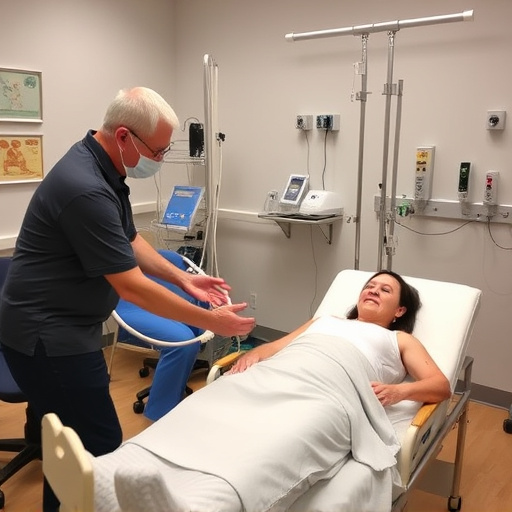
Occupational injury treatment methods have evolved significantly over the years to provide effective solutions for managing and alleviating pain stemming from work-related incidents. These treatments go beyond initial emergency care, focusing on long-term recovery and disability prevention. The approach typically involves a multidisciplinary team of specialists, including physiatrists, chiropractors, physical therapists, and occupational therapists, who collaborate to tailor a plan specific to the individual’s needs.
Understanding these treatment methods is crucial for employees and employers alike. While some common practices include medication management and surgery, alternative therapies like post-accident rehabilitation, shockwave therapy for pain, and sports injury treatment are gaining recognition. These innovative approaches can significantly enhance recovery outcomes, restore functionality, and improve overall quality of life for those affected by occupational injuries.
Non-Pharmacological Approaches for Pain Management
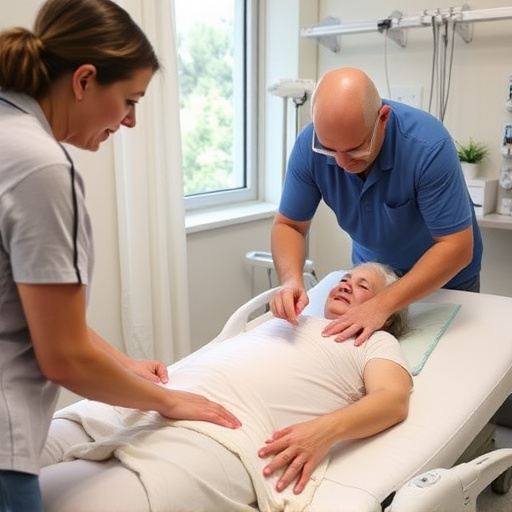
Non-Pharmacological Approaches for Pain Management play a significant role in Occupational Injury Treatment methods. Techniques like chiropractic care, physical therapy, and massage have proven effective in reducing pain and improving function. These alternative treatments focus on addressing the root causes of discomfort rather than merely masking symptoms. For instance, chiropractic adjustments can realign the spine, relieving pressure on nerve roots that cause chronic pain, while physical therapy exercises strengthen muscles supporting joints, enhancing stability and reducing future injuries.
Shockwave therapy for pain is another non-invasive method gaining popularity. It uses focused sound waves to stimulate tissue repair and reduce inflammation. This treatment has shown promise in providing headache relief and managing pain associated with conditions like tendinopathy. By employing these non-pharmacological approaches, individuals can avoid the potential side effects of medications and actively participate in their recovery process, leading to a faster return to work and improved overall well-being.
Role of Physical Therapy and Rehabilitation in Recovery

Physical therapy and rehabilitation play a pivotal role in the recovery process from occupational injuries. This holistic approach focuses on restoring function, improving mobility, and enhancing overall well-being. Skilled therapists design personalized treatment plans tailored to each individual’s specific needs, addressing not just the affected area but also considering the entire body’s impact. Through a combination of exercises, manual therapy, and education, patients learn not only to manage their pain effectively but also to prevent future injuries.
One effective method within physical therapy is chiropractic treatment, which has proven beneficial for many suffering from work-related musculoskeletal disorders. This natural approach aligns with the body’s inherent healing abilities, adjusting the spine and joints to promote better alignment and reduced inflammation. By integrating chiropractic care into a comprehensive rehabilitation program, patients can experience improved symptoms, increased strength, and enhanced flexibility, ultimately facilitating a faster return to their regular occupational activities.
Occupational injuries can significantly impact an individual’s quality of life, but managing pain effectively through tailored treatment methods is crucial. By understanding various occupational injury treatment options, from non-pharmacological approaches to physical therapy and rehabilitation, victims can actively participate in their recovery process. These holistic strategies not only alleviate pain but also enhance functionality and overall well-being, enabling individuals to return to their productive lives with renewed vigor.
